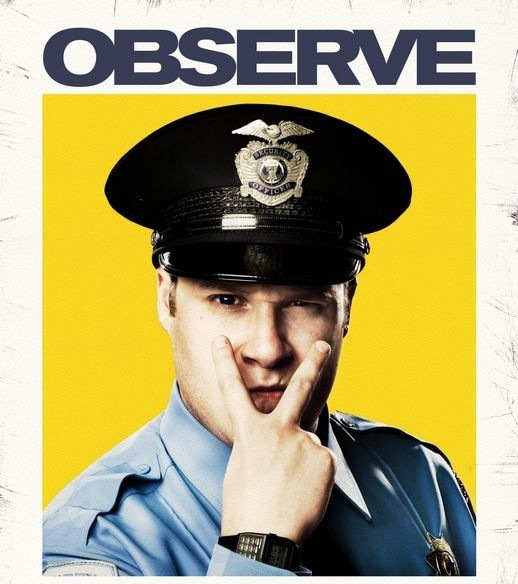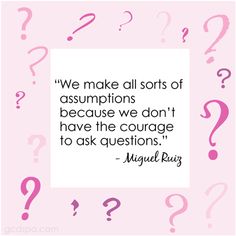How to Read People like Sherlock Holmes

Introduction
In Sir Arthur Conan Doyle’s tales of Sherlock Holmes, he has illustrated a unique method of reading people. Holmes was able to discover the personality of Watson’s brother through a mere watch.. Little clues such as the scuffing around the keyhole told Sherlock Holmes that Watson’s brother was a drunk. This is the process known as reasoning backwards, or analysis.
In order to truly understand another person, we must reason from effect to cause. For example, if your significant other appears mad at you but will not say why, you must focus on the causes of the apparent anger and not just assume that the person is an angry jerk. To adequately deduce, you need to become familiar with the methods of Sherlock Holmes.

No Emotions
"Detection is, or ought to be, an exact science, and should be treated in the same cold and unemotional manner." Even in relationships you have to turn off the emotions you feel in order to analyze the situation with reason. When sociologists study peoples’ interactions, culture and customs, they use the “sociological imagination.” Sociologists try to understand the reasons of behavior by placing themselves outside of the situation and looking at it from a different perspective. Similarly, Sherlock Holmes avoided falling prey to his emotions and his identity because they both obscured the process of reasoning.

Observation
Clearing your emotions allows you to be an observer instead of a participant in the interaction. As Sherlock Holmes warns, “You see, but you do not observe.” To truly understand another, one must observe/listen. When another person talks to you, do not simply react to their words; instead, try to unwrap the underlying meaning of each sentence and discover why this person spoke that particular thing.

Tiny Details Matter
When observing another, the tiny details will tell you the most about that person. "It has long been an axiom of mine that the little things are infinitely the most important." From the small details, one can deduce large ideas. Studying body language, clothing, and clues for lying will benefit one greatly in the science of understanding others.
Body Language
- The Direction of a person’s feet tell you where that person wants to go/where that person’s interest lies.
- When people talk to you in a serious (unemotional) manner, they will likely do so shoulder-to-shoulder with you.
- Conversely, when people talk to you in a personal (emotional) manner, they will do so face-to-face.
- When people keep inching towards you until you must step back, this is to assert their dominance in the relationship.
- When people copy another’s body language, it means they like that person.
- If a person repeats the same phrases and motions as you are speaking, it is likely that he or she is not actually listening to you.
- If someone does not involve you in the conversation with questions or does not allow you time to speak, that person likely does not care about your input and simply wants an audience.
- When a person has his or her head high, shoulders wide, and chest out this means he or she feels confident, happy, or powerful.
- However, when someone has his or her head low, is hunching, and is directing his or her body to itself, then that person likely feels scared, weak, or unsociable.
- Similarly, when a person has his or her legs closed while sitting, that person is in a submissive pose; but, when a person has his or her legs open that person is showing dominance.
Clothing
- When one wears something that is large and not form-fitting, it signals that that person is self-conscious.
- Untidy or wrinkled clothes represent the person’s personality.
- Clothes are, for the most part, a signal of wealth.
- Gray is the color of an independent/loner type person, brown shows reliability and comfort, black shows leadership, red and purple show confidence and creativity, blue reveals a cooperative nature, white shows innocence, and orange and yellow reveal optimism.
Lying
- A person is likely to be lying if he or she moves or jerks his or her head suddenly.
- When a person does not make eye contact
- Heavy breathing
- Repetition of words
- They do not move; caught dead in their tracks
- They cover their vulnerable body parts, such as their throat, chest, head, or abdomen.
- They cover their mouths.
- Their feet shuffle.
- They provide too many details to cover up the lie.
- They stare with eyes wide.
- They point a lot.
- It becomes difficult for them to speak

Don't Assume too Quickly
"I never guess. It is a shocking habit — destructive to the logical faculty." Never assume or judge another too early. This will cause a variety of problems within the relationship because bias will ruin your reasoning ability. If you believe your idea of another is correct, then give all of the data (facts about that person) to an uninvolved third party. When consulting another, make sure not to distort the image of the person you seek to understand because this will only increase the likelihood for bias. If both your assessments match up, then the analysis is likely true. If you follow all these rules, your ability to read others will flourish and may someday compare to Sherlock Holmes.








